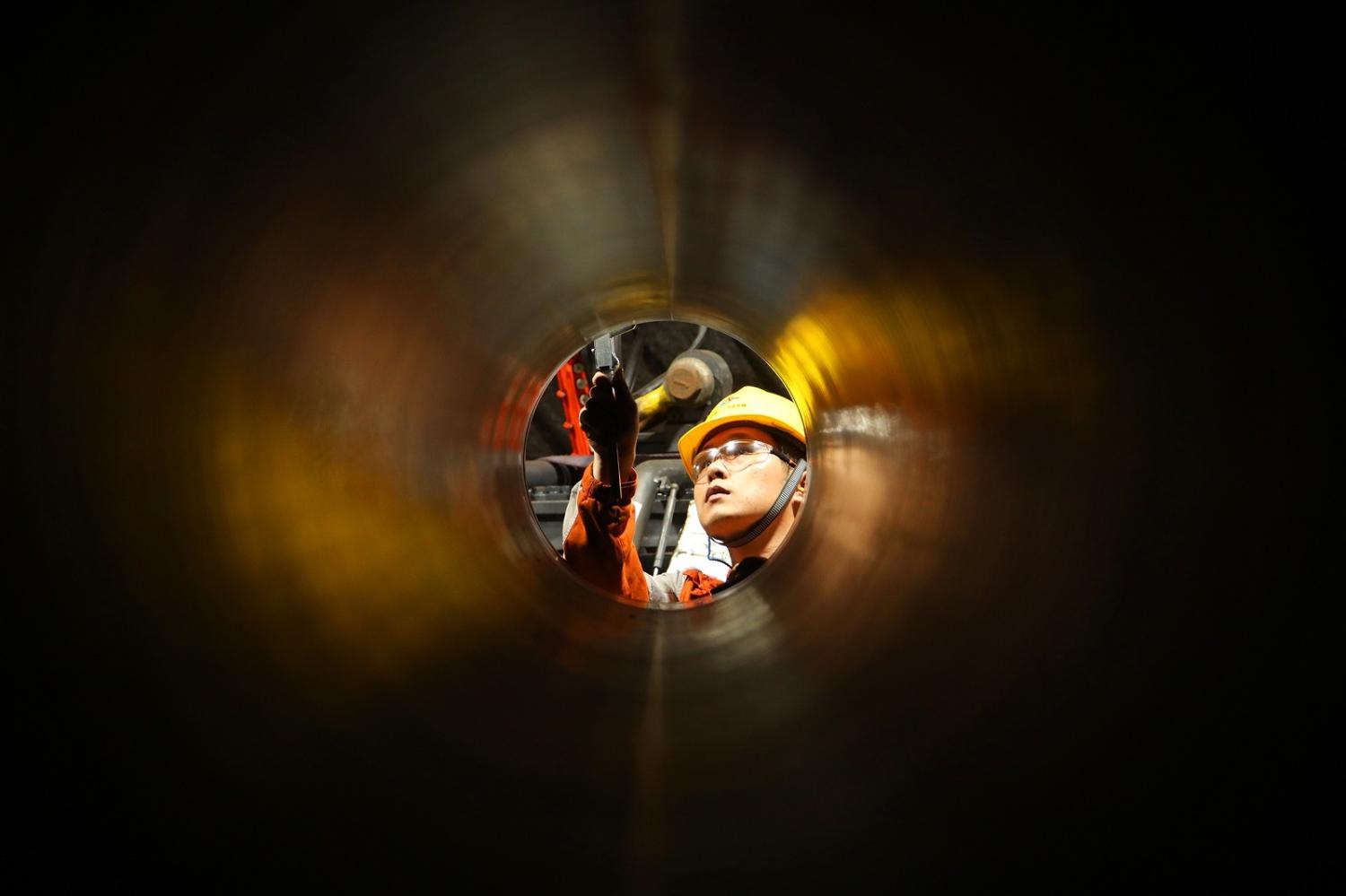The development began in the 1960s when the Southeast Asian natural gas sector grew significantly after discoveries in Indonesia, Brunei and Malaysia. In the decades that followed came the idea of a Trans-ASEAN Gas Pipeline (TAGP), an extensive interwoven pipeline network aiming to connect the regional centres of demand with abundant natural gas sources. In the late 1980s, research from the ASEAN Council on Petroleum laid the groundwork, and a decade later, the TAGP found prominence with the 1997 Hanoi Plan of Action, later formalised with a Memorandum of Understanding in 2002.
Yet, to this day and for all the enthusiasm, only a fraction of the TAGP has been realised. While 13 bilateral gas line connections have been established between six Association of Southeast Asian Nations (ASEAN) member states, and spanning some 3,673 kilometres, there is a lot of room for further advancement.
One of the most pressing challenges that the TAGP faces is the persistent geopolitical disputes among ASEAN countries. Contentious claims to natural gas reserves in areas such as East Natuna and the Spratly Islands have created tensions and uncertainty, making it difficult to forge a unified approach towards energy cooperation. Brunei, China, Indonesia, Malaysia, the Philippines, Taiwan, Thailand and Vietnam continue to compete for ownership of these resources.
Adding to the complexity, influential institutions and actors within the region have differing views about how natural gas should be used. Debates have continued over whether natural gas should primarily serve domestic demand or be leveraged to attract foreign capital through global market exports. This lack of consensus has made it challenging to formulate a cohesive strategy for pricing and distribution, stalling the development of TAGP and a common gas market.

The future supply of natural gas presents another pressing concern. Despite ASEAN projecting that it will sustain gas production levels until 2050, there has been a significant decline in total proven gas reserves compared to 2010 levels. Limited new gas field discoveries, depressed gas prices, insufficient gas infrastructure impeding upstream investment, and elevated operating costs in high CO2 content gas fields such as Natuna D-Alpha have all contributed to this decline. This looming scarcity casts doubt on the ability for the TAGP to meet the region’s long-term energy demands.
The rapid growth of liquefied natural gas (LNG) imports within ASEAN has emerged as another obstacle to the ambitious vision for a TAGP. As recently published research has found, starting from nearly nothing in 2010, there was an exponential increase in LNG imports to ASEAN countries, reaching 12 million tonnes per annum (mtpa) by 2020. While Indonesia, Malaysia, Singapore and Thailand already operate LNG terminals, analysts have noted Vietnam, Myanmar and the Philippines are in the planning stages of establishing regasification facilities. The flexibility and adaptability of LNG supply allows countries to adjust imports based on fluctuating demand, presenting a competitive alternative to pipeline infrastructure.
This burgeoning growth of LNG imports poses a challenge to the demand for a TAGP gas supply network and raises questions about the feasibility of extensive pipeline development. Moreover, the volatile and unpredictable nature of the global gas market further complicates the prospects for the TAGP. The geopolitical landscape and fluctuating flows in the gas market have contributed to heightened volatility, making long-term planning and investment decisions challenging for such a large-scale infrastructure project.
Beyond the complexities of supply and geopolitics, the development of a TAGP also faces significant economic constraints. High construction costs, land acquisition, infrastructure development, and compressor station establishment all contribute to the project’s complexity and financial burden. Additionally, dependency on the uncertain development of the vast and expensive reserves in the East Natuna basin adds to the economic challenges.
If the full potential of ASEAN’s energy opportunities is to be realised, it is vital to foster political and economic cooperation among member countries. By prioritising dialogue, trust-building and the sharing of best practices, ASEAN countries can overcome challenges and accelerate the integration of the gas market. Aligning energy policies is a crucial step. Harmonising energy policies will promote natural gas – already an essential component of the energy mix in many member states – as a cornerstone of the regional energy mix. Creating common rules and regulations across member countries will facilitate efficient market functioning and cross-border trading, bolstering the growth of the TAGP and the common gas market.
Market liberalisation, in which the United States, European Union and Australia have seen great success, should be emulated by ASEAN. Implementing measures such as unbundling services, transparent pricing mechanisms, and harmonising regulations will create an attractive investment climate, fostering integration and growth across the region.
The final step is in strengthening institutional cooperation. Establishing a centralised institution or enhancing existing ones, including the ASEAN Council on Petroleum, will facilitate coordination among different stakeholders. Adopting functions similar to successful bodies in the United States and European Union will contribute to a more integrated, competitive and transparent ASEAN natural gas market, promoting regional energy security and sustainable growth.

